General Thomas-Alexandre Dumas (1762-1806)
Thomas-Alexandre Davy de la Pailleterie, also known as Alexandre Dumas, was a general in the French army and became one of the highest-ranking Black men of all time in a continental European army. Born in Saint-Domingue (Haiti), Alexandre Dumas was of mixed race, the son of a white French nobleman and an enslaved mother of African descent.
In 1776, at age 14, he traveled to France to live with his father, who had left Saint-Domingue the year before. Dumas’s upbringing was typical of a son of an aristocrat, and in 1786, at age 24, he joined the French army as a private. However, his father refused to allow him to use his name in the lowest rank of the army. Thus, he dropped Thomas from his given name and took his mother’s surname, entering the service as Alexandre Dumas.
By 1792, Dumas was a lieutenant colonel and married Marie-Louise Labouret. The next year, he was promoted to general of the Army in the western Pyrenees. Eventually, he joined Napoleon Bonaparte in Italy, and later in Egypt where he questioned Bonaparte’s policies. The break between them was permanent. Denied a decent pension, the general soon died a man broken in spirit.

Alexandre Dumas (1802-1870)
Alexandre Dumas, was the son of Alexandre Davy de La Pailleterie, and the author of The Count of Monte Cristo and The Three Musketeers. He’s regarded as one of the most widely read French authors of all time.
After General Dumas’s death in 1806, the family fell on hard times, and the young Alexandre went to Paris to attempt to make a living as a lawyer. He managed to obtain a post in the household of the Duke d’Orléans, the future King Louis-Philippe, but tried his fortune in the theatre. Dumas’s plays were well received in the late 1820s and early 1830s. Though he continued to write plays, Dumas next turned his attention to the historical novel, eventually writing the books mentioned above and what he is best known for.
For more information on the Dumas’ read the following books:
The Black Count: Glory, Revolution, Betrayal, and the Real Count of Monte Cristo
General Alexandre Dumas: Soldier of the French Revolution
100 Amazing Facts About the Negro with Complete Proof: A Short Cut to The World
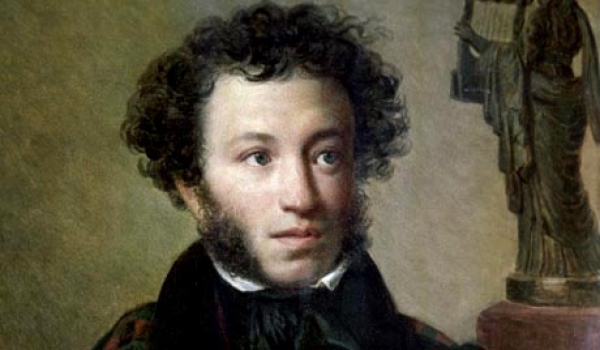
Alexander Pushkin (1799-1837)
Alexander Sergeyevich Pushkin is considered by many to be the greatest Russian poet and the founder of modern Russian literature. Pushkin was born into Russian nobility in Moscow after his great-grandfather on his mother’s side, Abram Petrovitch Ganibal, was enslaved and brought over from Africa to Russia where he rose to become an aristocrat. Pushkin’s historical fiction “The Blackamoor of Peter the Great” is based on his great-grandfather.
Even though he was considered nobility, Pushkin often faced racism because of his African heritage. His jaded yet proud defense of his ancestry in “My Genealogy” is in response to racial slurs aimed at him by his critics. He clearly saw himself as a Black man and closely identified himself with those Africans held in bondage in the Americas. In a letter composed in 1824 he stated that: “It is permissible to judge the Greek question like that of my Negro brethren, desiring for both deliverance from an intolerable slavery.”
Read “The Collected Stories (Everyman’s Library)” of Alexander Pushkin.
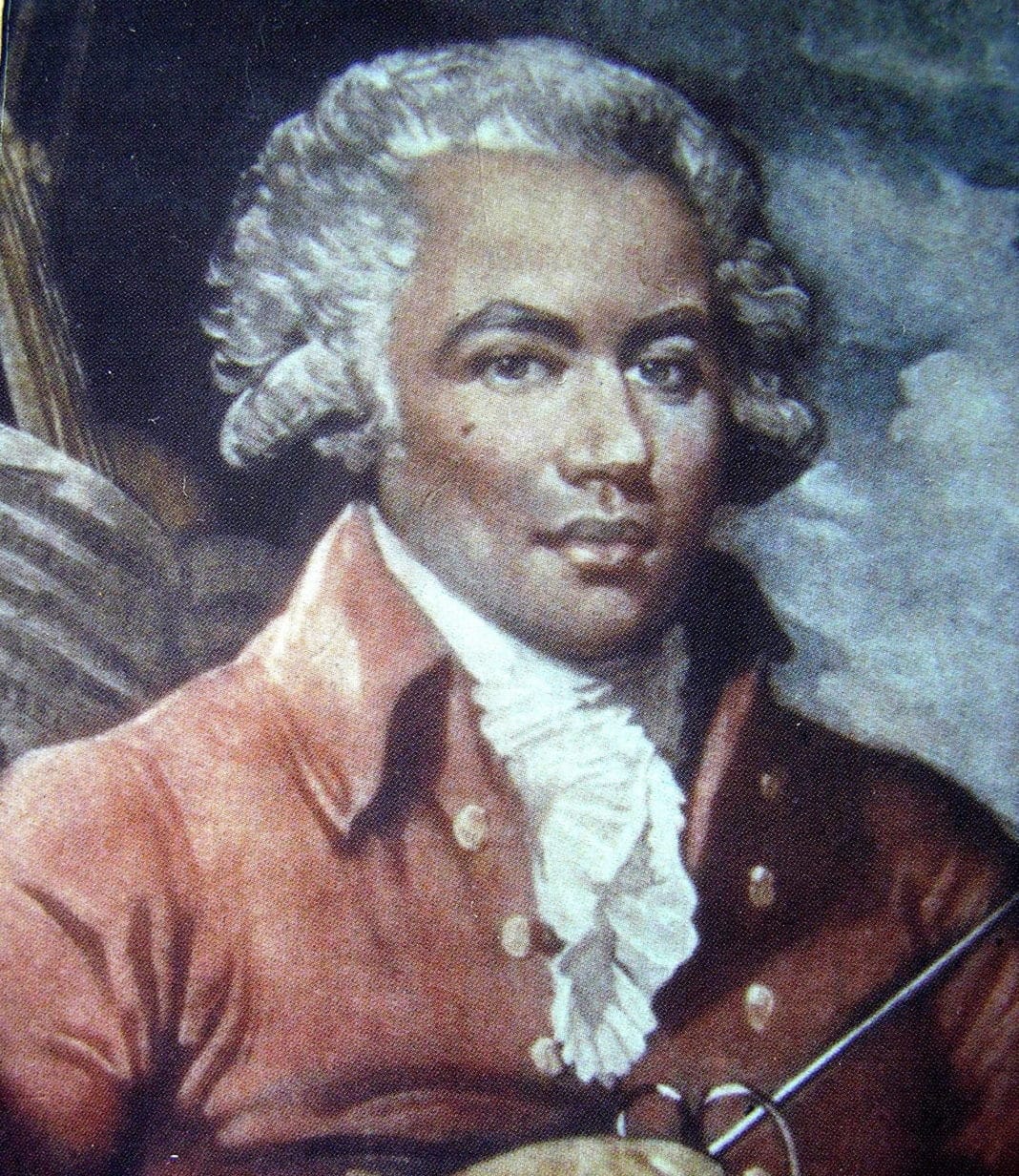
Joseph Boulogne (1745-1799)
Joseph Boulogne, also known as Le Chevalier de Saint-George or the “Black Mozart,” was an African who rose to the top of French society because of his mastery of European music and sword-fighting. He was the son of an enslaved African woman, Nanon, widely considered the most beautiful woman on the island of Guadeloupe, and a father who was a member of a wealthy family from the French Caribbean colony of Guadeloupe.
Saint-George excelled at many feats in his lifetime. He became an elite musketeer of the King’s Horse Guard; a master-swordsman and Europe’s fencing champion; a composer, violin impresario, and opera director that influenced Mozart, and a military hero in the French Revolution—ironically all in an age when slavery was endemic and white superiority was dogma.
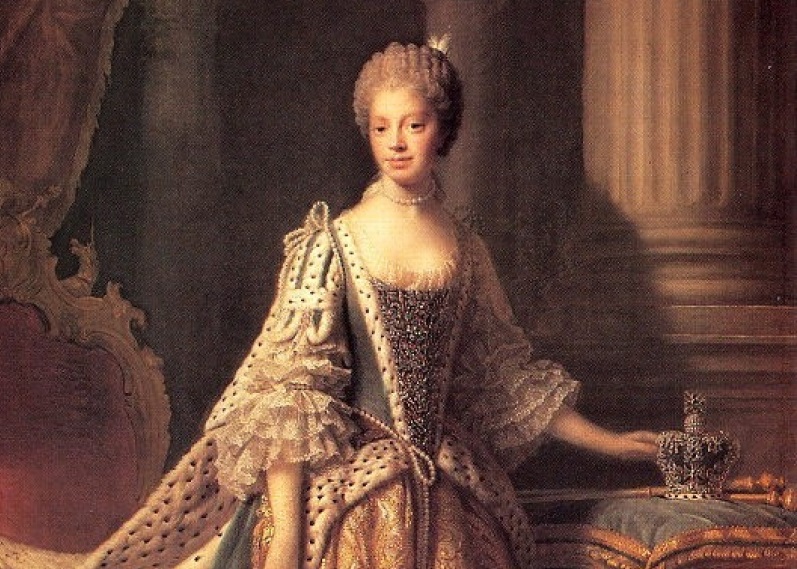
Queen Charlotte of England (1744-1818)
Queen Charlotte, wife of the English King George III (1738-1820), was directly descended from Margarita de Castro y Sousa, a Black branch of the Portuguese Royal House. Her personal physician described her in his autobiography as having “a true mulatto face.” The city of Charlotte, North Carolina, is named after her.
Portraits of Queen Charlotte were often rejected by the royal couple who were not happy with the representations of the likeness of the Queen, who’s African ancestry was to be hidden. Sir Allan Ramsay was the artist responsible for the majority of the paintings of the Queen and his representations of her were the most decidedly African of all her portraits.
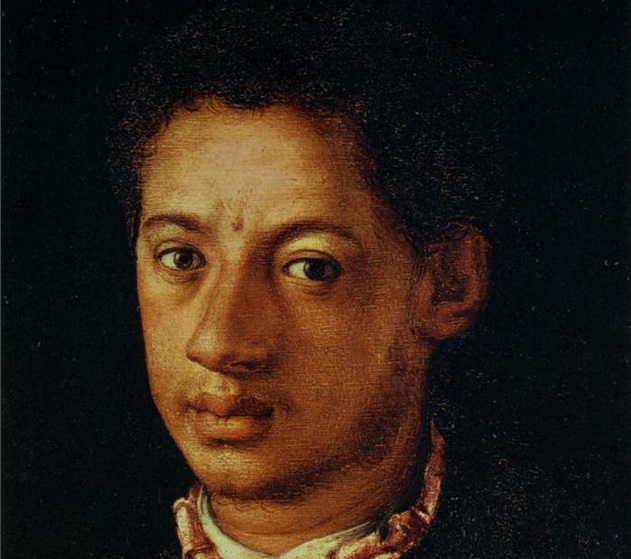
Alessandro de’ Medici (1510 – 1537)
Alessandro de’ Medici was the Duke of Penne and Duke of Florence in the early 16th century. He is regarded as the first Black head of state in modern Western history. Historians believe he was born to a servant of African descent who was working in the Medici household.
Alessandro was made hereditary Duke of Florence in early 1532 and “became the head of one of the most illustrious families in European history — a family that furnished a long roll of statesmen and patrons of art, as well as three popes, three kings of France, three queens and a mother of one of England’s kings.” His cousin, Lorenzino de’ Medici, orchastrated his assassination in 1537 while Alesandro was only in his late 20s.
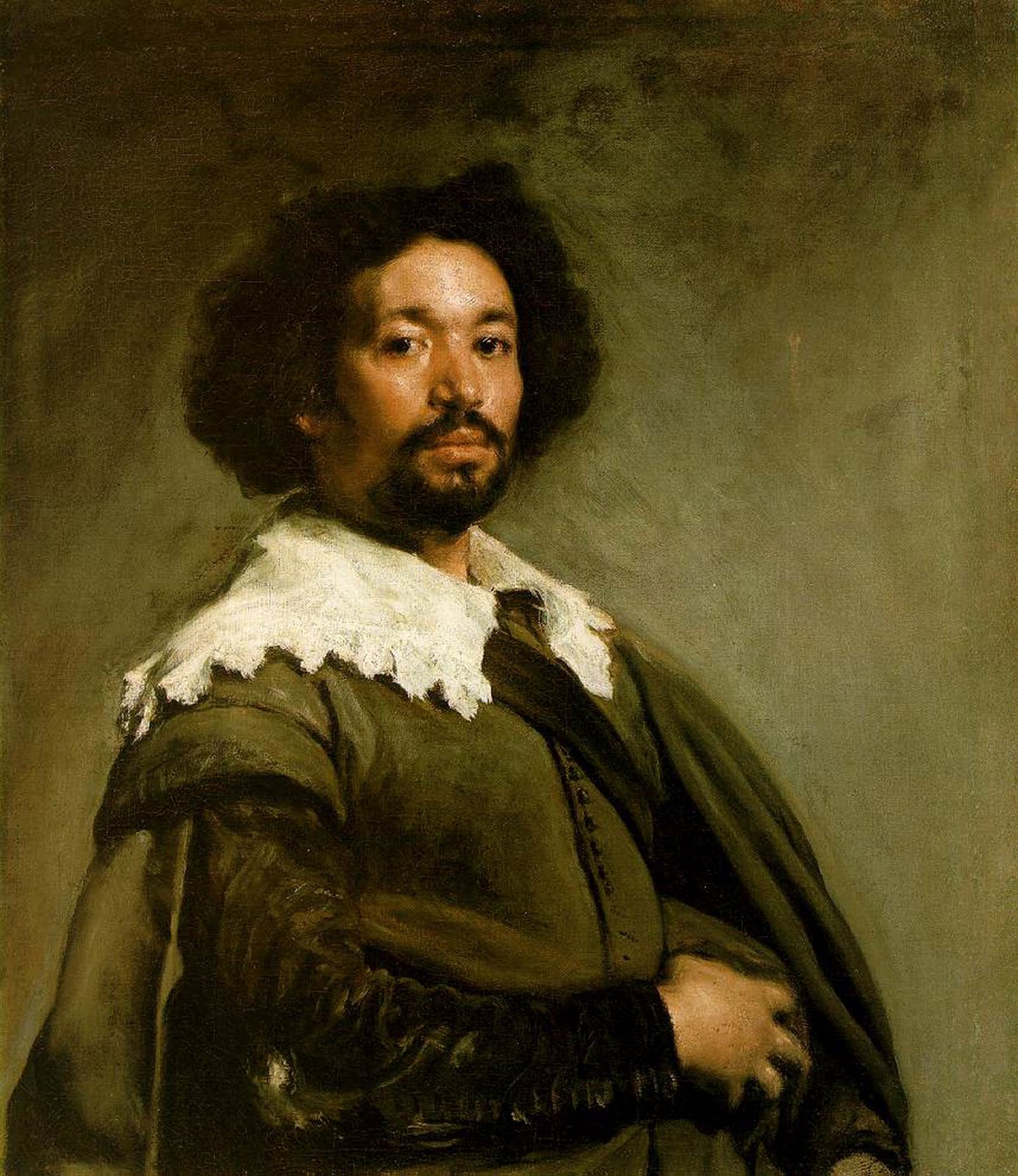
Juan de Pareja (1606–1670)
Juan de Pareja was a painter from Seville, Spain whose work The Calling of St. Matthew (sometimes also referred to as The Vocation of St. Matthew) is currently on display at the Museo del Prado in Madrid. He was described as a “Morisco,” meaning “of mixed parentage and a strange color.”
Until recently, it was believed that Pareja was enslaved by the celebrated Spanish artist Diego Rodríguez de Silva y Velázquez, and later freed. However, historians have learned that Pareja was likely a freedman prior to his arrival in Madrid because he passed the examination to be designated a painter in Seville, a profession from which slaves were legally banned.

Juan Latino (1518 – 1596)
Juan Latino, born Juan de Sessa, was a distinguished African scholar at the prestigious University of Granada in 16th century Spain. He became famous for his epic Latin poems. A native of Berbería, a Spanish term associated with the Northern Coast of Africa, Latino was brought to Spain at the age of twelve.
Between 1573 and 1585, Latino published three volumes of Latin poems in which he reflected on the condition of blacks and negated the validity of any religious justification for slavery of Africans. His most famous poem is probably the “Austrias Carmen,” dedicated to Juan de Austria the hero of the sea battle of Lepanto.

George Polgreen Bridgetower (1780-1860)
George Augustus Polgreen Bridgetower was an Afro-Polish-born virtuoso violinist who lived in England for much of his life. He was the son of Frederich Bridgetower, an African prince, and a Polish woman of German descent named Mary Ann.
Bridgetower made his performing début as a violinist around age nine or 10, in Paris in April 1789. The journal Le Mercure de France raved about his performance, declaring that “his talent is one of the best replies one can give to philosophers who wish to deprive people of his nation and his color of the opportunity to distinguish themselves in the arts”.

Anton Wilhelm Amo (1703 – ca. 1759)
Anton Wilhelm Amo or Anthony William Amo was an African from Axim, a region in what is now Ghana, who became a respected philosopher and teacher at the universities of Halle and Jena in Germany after studying there. Amo was supposedly treated like a member of the royal family. At the University of Halle, Anton finished his preliminary studies in law within two years, titling his thesis: Dissertatio Inauguralis De Jure Maurorum in Europa (1729). This manuscript on The Rights of Moors in Europe is lost, but a summary was published in his university’s Annals (1730).
Amo moved to the University of Wittenberg to further his studies. He studied logic, metaphysics, physiology, astronomy, history, law, theology, politics, and medicine. Amo also mastered six languages (English, French, Dutch, Latin, Greek, and German). While teaching, Amo became embroiled in bitter philosophical debates that reached well beyond the ivory tower. Authorities and critics eventually made his position so uncomfortable that he returned to Axim around 1747.

Anatole Broyard (1920 – 1990)
Anatole Paul Broyard was an American writer, literary critic and editor for The New York Times. A Louisiana Creole of mixed race, he was criticized by some Blacks for “passing” as white as an adult and failing to acknowledge his African-American ancestry.
Prior to 1970, Broyard published stories in several magazines. After the 1950s, he taught creative writing at The New School, New York University, and Columbia University. In addition, he also wrote daily book reviews for the New York Times. In the late 1970s, Broyard started publishing brief personal essays in the Times, which many people considered among his best work. He was among those considered “gatekeepers” in the New York literary world, whose positive opinions were critical to a writer’s success.

Carol Channing (born Jan. 31, 1921)
Carol Channing is a legendary Broadway performer. Her earlier roles on Broadway included Proof Thro’ the Night and Lend an Ear, but she became well-known after starring in Gentlemen Prefer Blondes in 1949. The performer, known for her smile and raspy voice, won a Tony Award for Hello, Dolly!and a Golden Globe for her role in Thoroughly Modern Millie.
Channing has been celebrated as another glamourous white star until she shocked the world with her 2002 autobiography, in which she revealed her father was actually a biracial Black man.
source: atlantablackstar.com By A Moore
